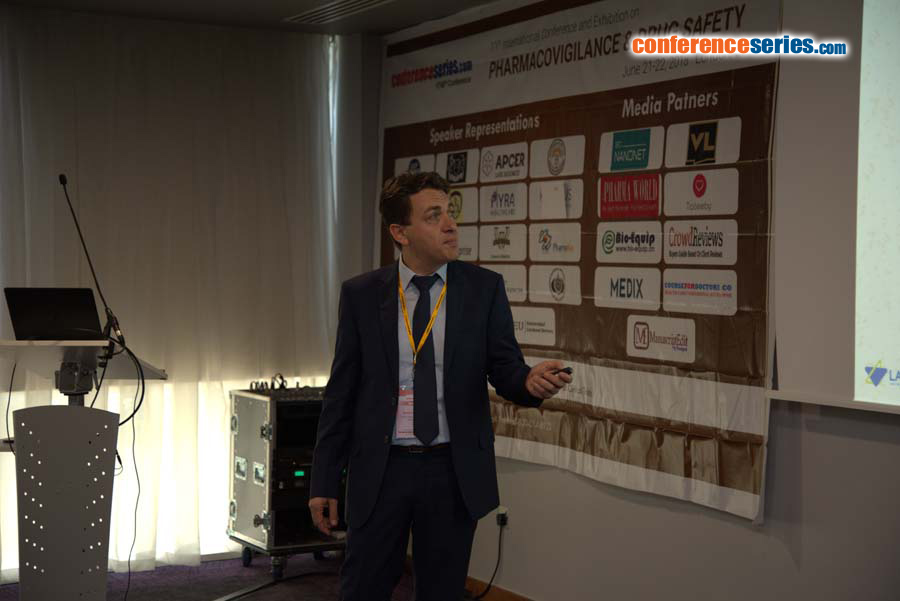Saed Amarneh
Laniado Hospital Sanz Medical Centre, Israel
Title: The Prevalence and management of polypharmacy in an acute medical depertment of a district general hospital
Biography
Biography: Saed Amarneh
Abstract
Statement of Problem: Many problems exist with polypharmacy, (the use of four or more medications).= Polypharmacy is associated with an ageing population and multimorbidity. Polypharmacy increases the risk of falls, confusion, functional decline; altered metabolic function; adverse drug interactions; serious side effects, and hospitalisation. Purpose: To determine the prevalence of polypharmacy. To determine the study’s influence on physicians. To determine the percentage of polypharmacy in-patients having a medication review. To document the main reasons for medication changes.
Methodology: Patients’ data was collected over two seven-week periods from one department. e.g. Name, Date of Birth, Medication numbers on admission and discharge, Medication Review Yes/No. Reasons for medication changes were given by each patient’s physician. The department received feedback after the first period. Findings: The prevalence of polypharmacy over both periods was 55% on admission and discharge. The results show a continuous influence on physicians over both periods. The percentage of patients discharged with net additional medications decreased over each period (P1 & P2) (P1 54%->30% , P2 38%->27%); net reductions increased (P1 25%->37%, P2 10%->28%), as well as those having “reduced medications only” (P1 10%->29%, P2 10%->23%). The percentage of patients having a medication review was 99%. 4. The reasons for medication changes were; Symptoms either controlled or not 55% ; New Indication 38% ; Interactions/Side Effects 7%Conclusions and Significance: The prevalence of polypharmacy remained unchanged because patients with reduced medications still continued with polypharmacy. The high prevalence of medication reviews is good practice and was expected. The low incidence of medication changes due to interactions/side effects was unexpected; other studies have shown this to be the major cause. Reasons maybe [a] multiple physicians involved with care; [b] lack of awareness, unwillingness to deprescribe; [c] physicians’ cultural differences.



